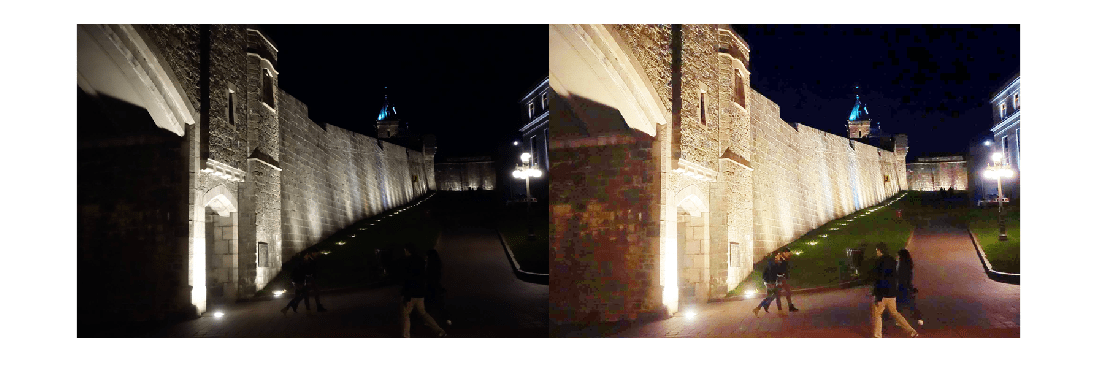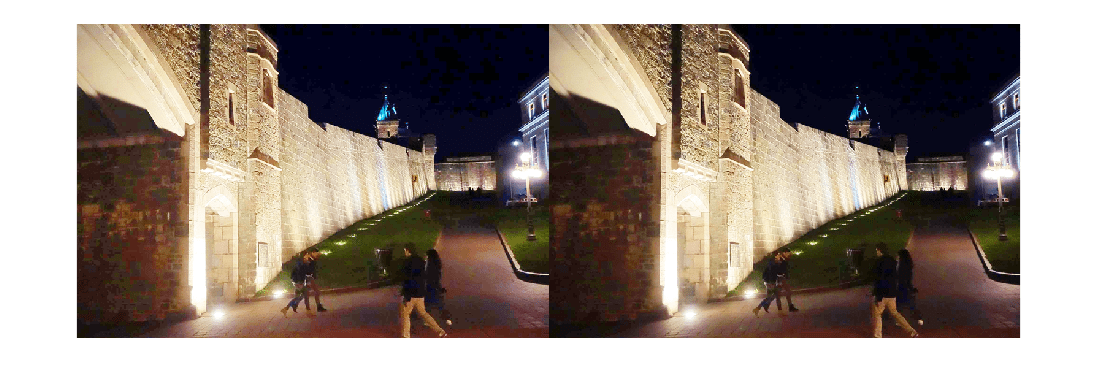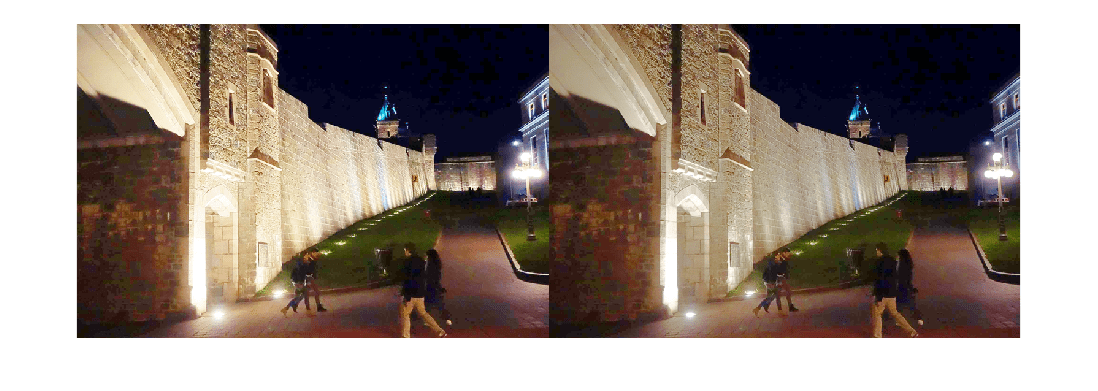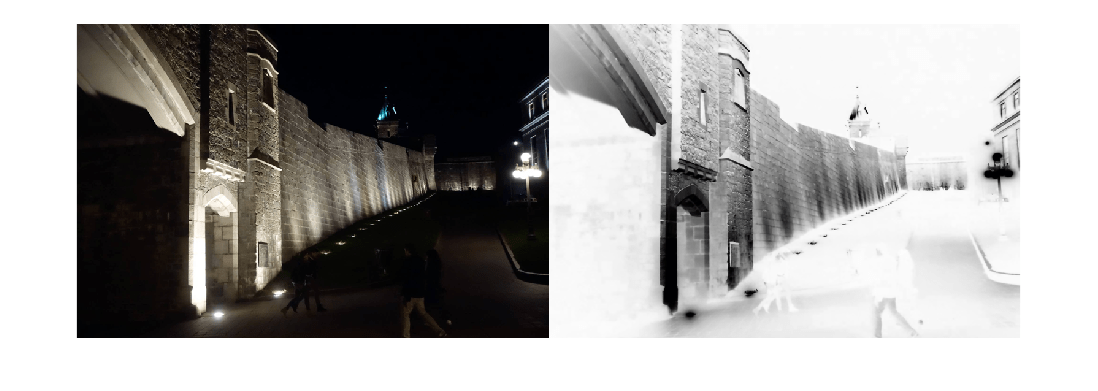imlocalbrighten
Brighten low-light image
Syntax
Description
B = imlocalbrighten(___,"AlphaBlend",alphaBlend)
Examples
Input Arguments
Output Arguments
References
[1] Dong, X., G. Wang, Y. Pang, W. Li, J. Wen, W. Meng, and Y. Lu. "Fast efficient algorithm for enhancement of low lighting video." Proceedings of IEEE® International Conference on Multimedia and Expo (ICME). 2011, pp. 1–6.
[2] He, Kaiming. "Single Image Haze Removal Using Dark Channel Prior." Thesis, The Chinese University of Hong Kong, 2011.
[3] Dubok Park; Hyungjo Park; David K. Han; Hanseok Ko. "Single Image Dehazing with Image Entropy and Information Fidelity." ICIP, 2014.



